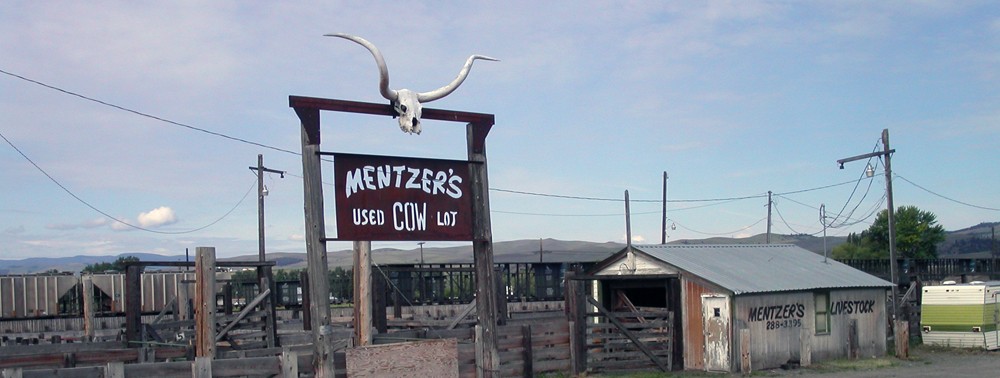Op-ed from today’s Montgomery Gazette
Wednesday, Oct. 6, 2010
In 2009, County Councilmember Mike Knapp proposed legislation to amend the county’s historic preservation ordinance. At the time, I was chairman of the Montgomery County Historic Preservation Commission and I provided vigorous testimony opposing the amendment and I wrote an opinion piece published in The Gazette [“Historic preservation: Who’s to decide?” March 11, 2009].
One of the designated properties I frequently pointed to at the time as a Montgomery County historic preservation success story was the property then known as “Uncle Tom’s Cabin.” I now know that some of what I wrote and said was wrong. For much of the 20th century, oral tradition in Montgomery County suggested that a small log building on the Old Georgetown Road property was used by Josiah Henson, the former slave whose autobiography inspired Harriet Beecher Stowe to write Uncle Tom’s Cabin.
In 1979 the property was designated a local historic site and in 2006 the county bought it for $1 million to develop a park. Subsequent specialist studies (e.g., tree ring dating) revealed that the log building was built long after Henson departed the property and the proposed park’s name was changed from “Uncle Tom’s Cabin” to “Josiah Henson Special Park.”
Back in 1979 when the property was designated on the Master Plan for Historic Preservation, against its owner’s wishes, the owner’s claims that Henson never set foot in the building fell flat under the weight of local historical experts who claimed otherwise. The county’s chief historian at the time told The Washington Post that that Henson “slept there often.”
As a historian I think it is wonderful that a portion of the Isaac Riley farm where the log building is located has survived and that there is tremendous opportunity there to use its vernacular architecture, landscapes, and archaeological resources as teaching tools. But as a Montgomery County resident I have trouble with one question: would the county have paid what is now approaching $2 million to buy the property and develop the museum had it not been so publicly identified as the Uncle Tom’s Cabin?
The county wants to spend at least another $500,000 to $1 million on development, staffing, etc., on this park while it allows existing park properties to remain shuttered and neglected. All of this while the county begs for money to keep portable toilets in the parks.
After serving for six years on the HPC, my opinions about designating properties as historic against property owners’ wishes have matured. Historical research is imperfect at best, and in some cases it is fatally flawed. During my HPC tenure there were several designations brought before the body where I questioned the reliability and credibility of the research used to argue a property’s historical significance.
I now believe that the historic preservation research bar should be set much higher to ensure that the properties designated, and perhaps bought using public resources, are actually what the research suggests. The site formerly known as Uncle Tom’s Cabin and proposed historic districts in the Upper Patuxent planning area, which will be taken up by the Planning Board on Oct. 14, may provide the County Council with the impetus to revisit Knapp’s 2009 amendments for changes that include provisions for peer review of Master Plan for Historic Preservation designation documents.
David Rotenstein, Silver Spring
The writer is the former chairman of the Montgomery County Historic Preservation Commission.
Shortlink for this post: https://wp.me/p1bnGQ-kz

For the last five years I have been working with Dr, Larry Bernstein and Mr. Fred Parker on an update on Maryland Geological Survey publication ES-5, “Minerals of the Washington, DC Area.” Two of the sites covered in the original edition (1980) are the Etchison Chrome Mine and the Lydd Griffith Chrome Mines (later Mr. Tysons Chrome Pits). Both sites still exist and I have examined both of them personally.
The Etchison site is on private property, about 1/4 of a mile southwest of the locked gate at the end of Chrome Mine Road. The Lydd Griffith site in approximatley 1/2 mile north of the Etchison site on land that is part of the Pautuxent River State Park system. Easy accses to the mine, actually a series of elongated pits, is via the property of the Warfield family, the operators of the Babble Brook Farm.
Chrome bearing speciemns can be still be found at the Griffith site and Johns Hopkins University Williams Collection, dating from the 1880-90s, contains two speciemns of green chrome bearing mica from this site called fuschite. Unfortunatly the chrome ore specimens collected by Shannon in the 1920’s seem to have been lost.
If you require any assistance examining both of these sites please feel free to contact me at my e-mail address: JWNagy@comcast.net.